Garlic – healthy, but pricy!
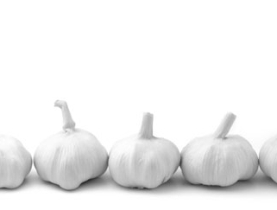
The common cold, flu, acne and high cholesterol levels can all be cured, it is claimed, by one thing, GARLIC!! So if it is good for humans, why not for animals?
Naturally found growing in many regions of the world, herbalists everywhere consider garlic to be one of the most important and effective medicinal herbs. It has been used as both food and medicine in many cultures for thousands of years, which has been confirmed in over 3,000 publications.
A lot of research has been or is being conducted in the area of using plant extracts – including garlic – in animal feed. Most recently, scientists in Wales UK found that garlic could cut methane emissions in cattle by up to 50%. This is good news for the environment, but purity and price of garlic products are still issues to overcome.
Active compounds
Although the effects shown in humans and the potential in animals are clear, proper use of garlic in animal nutrition is not as easy as it seems. It is not just a matter of simply crushing a few garlic cloves and putting them in the feed. The active compounds, the sulfides need to be extracted and concentrated, which is a time consuming and costly procedure.
The process starts with the crushing of the garlic cloves, this makes the cells release the enzyme allicinase. Allicinase is very important in turning alliinase into allicin, a very active compound of garlic. Although allicin was long thought to be the most active compound, it is actually an intermediate compound which is converted over time to the actual active components, the diallyl sulfides . By soaking the garlic in an extraction solution several times, a concentrated form can be obtained; this can range from a 70% pure form to a 100% pure form. These active compounds are highly volatile, so an encapsulation system is needed to retain the active ingredients.
Side effects
It all sounds very nice, using garlic in animal feed, but one major constraint in using it on a commercial level in the feed mill is the smell and the strength of the active ingredients. Purified garlic components are so strong, that you feel as if your eyeballs are falling out, when working with it. In addition, feed lines have to be cleaned intensively when garlic is used (like producing a feed batch with medicines). The strength of the active components also prevents its use as a top dressing in animal diets, because the strong ingredients kill the other additives (such as vitamins) in the feed.
Another major issue is the residues in the animal products. Obviously you don’t want the milk or meat tainted with a garlic smell. Of course this depends on the level of garlic you feed. However, studies in dairy cows showed that ten times the normal amount doesn’t leave residues in milk samples. Taste tests by panels of experts also showed no organoleptic changes. The taste of milk is more easily affected by changes in raw materials (such as different sources of maize, soy, etc because they are at a higher level). Work from the University of Leeds and Rosen et al. (2001) has shown that diallyl disulfide is not what is found in breath, meaning that the cows will not stink from this part of the body!
€200 per kilogram!
Most of the practical limitations can be overcome. However, the price of garlic still prevents its commercial take-off. Although the price of garlic based products really depends on the purity of garlic source, it ranges from €10 per kg (which is just macerated garlic dissolved in soy oil) to €200-300 per kg (purified form).
The amount of garlic you need to add depends on the species and the type (purity) of garlic, but in general the inclusion levels are quite small. There are conflicting studies because many trials have not looked at the composition of the garlic administered. However, it is recommended to use a 7% inclusion rate for 70% pure form and 5% when using a 100% pure product.
At the moment there are many suppliers of garlic based products, most of then are found in China and Turkey (areas with high garlic production). The problem is purity and standardisation of the garlic extract. Many suppliers don’t standardise their product in active ingredients, but just jump on the garlic bandwagon to profit from the increased interest in garlic. Some products may be cheaper than the standardised, concentrated form, but the question is whether you will fully use the potential of this ‘wonder drug’ by going for the cheap option.
Join 26,000+ subscribers
Subscribe to our newsletter to stay updated about all the need-to-know content in the feed sector, three times a week. Beheer
Beheer

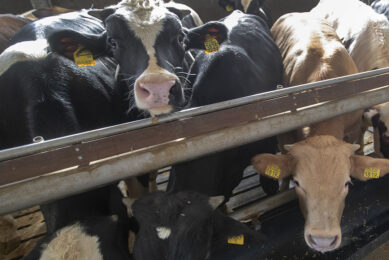
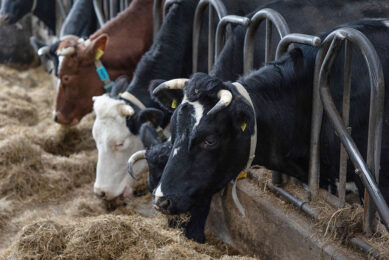
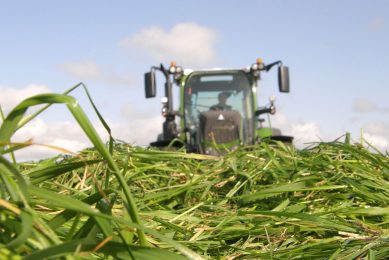
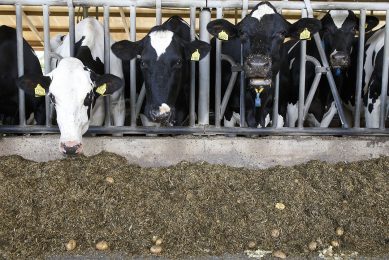




 WP Admin
WP Admin  Bewerk bericht
Bewerk bericht